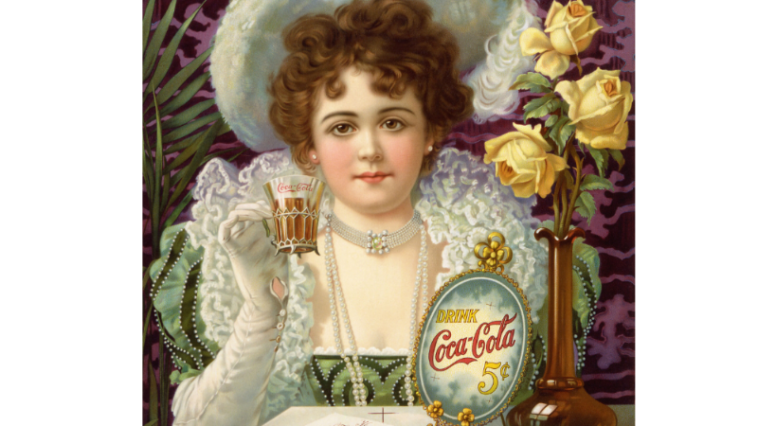From a nickel to nearly three bucks — here’s how America’s favorite fizzy drink became a luxury item your wallet notices.
There’s something beautifully American about tracking the cost of a Coca-Cola through the decades. It’s like watching the country grow up through the lens of carbonated sugar water. Whether you’re old enough to remember when gas was under a dollar or young enough to think $2.50 for a Coke is normal, this pricing journey tells the story of American inflation, corporate strategy, and our undying love affair with fizzy drinks.
So grab whatever overpriced Coke you can afford, and let’s dive into the wild economic ride of America’s most famous beverage.
5 cents (1886-1950s): The Miracle of the Nickel Era

5 cents for a 6.5 oz bottle
Here’s something that’ll make you question everything about modern economics: Coca-Cola cost exactly five cents for over seven decades. That’s not a typo. From when your great-great-grandparents were worried about getting kicked by horses to when your grandparents were doing the jitterbug, a Coke cost a nickel.
To put this in perspective, this price survived the Spanish-American War, both World Wars, the Roaring Twenties, the Great Depression, and the early days of rock and roll. Meanwhile, modern companies raise prices if someone sneezes near their supply chain.
What began as a brilliant move to rapidly expand the brand became the company’s biggest trap: early bottling contracts from 1899 perpetually locked in pricing. As inflation from two World Wars drove up the company’s own costs, those same contracts prevented them from raising prices in response. Coke bet big on customer loyalty, and honestly? They nailed it.
6 Cents (1950s): The First Increase

6 cents for a 6.5 oz bottle
All good things must come to an end, and by 1959, the nickel Coke was effectively gone. That initial one-cent increase to six cents might sound adorable now—like being upset about finding a penny instead of a quarter—but after 70 years, it was major news.
The truth is, this wasn’t a clean, nationwide switch. The price had been creeping up unevenly throughout the 50s. The six-cent price was especially awkward, a clumsy first step in a messy surrender to rising costs. Vending machines, built only for nickels, couldn’t handle it, which is why the price quickly moved toward a dime.
It was like watching Superman discover kryptonite. After surviving world wars and the Great Depression, the iconic five-cent price was finally defeated by its one weakness: basic economics.
10–15 cents (1960s): Double Digits Arrive
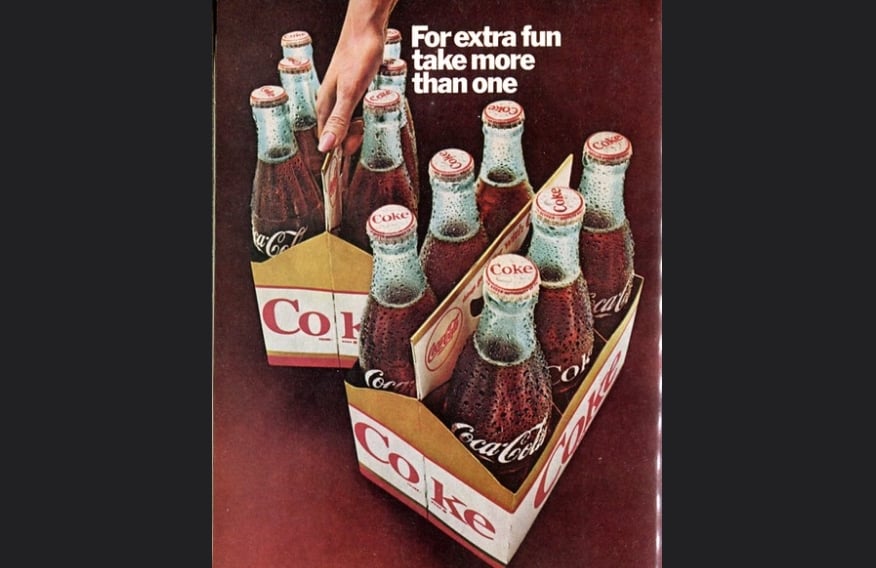
10 to 15 cents for a 6.5 oz bottle
By the mid-60s, while everyone was figuring out this whole “British Invasion” thing and wondering if those Beatles kids would amount to anything, the nickel Coke was officially a memory. The price had settled into the now-common dime-to-15-cent territory.
This also marked a golden age for vending machines, when you could still afford to buy a Coke from one without taking out a small loan. The company was also doubling down on its global expansion—building on the international presence it established after WWII—because apparently the whole world needed to experience the joy of paying for sugar water.
15 cents (1970s): Inflation Takes the Wheel
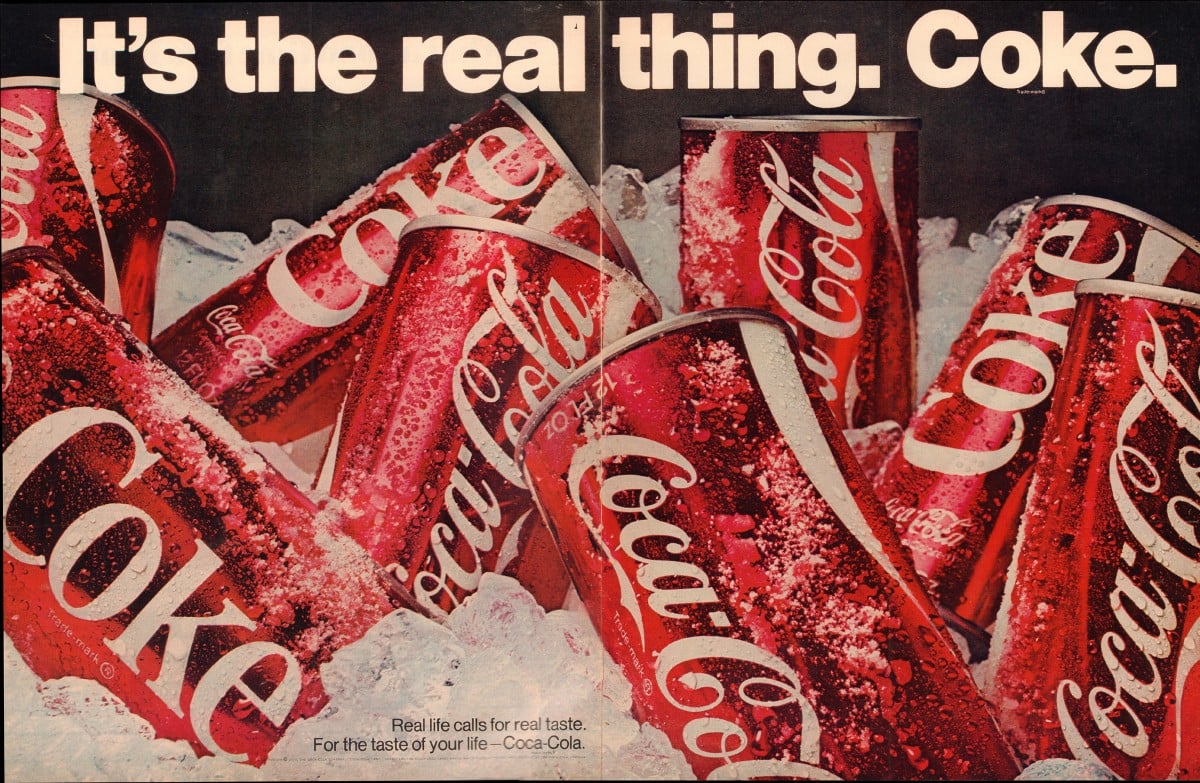
15 cents for a 12 oz can
Welcome to the 70s, when everything got more expensive and fashion became more questionable. Coke hit 15 cents consistently, marking a solid jump from the previous decade.
This was also when the classic 6.5-ounce bottle started getting muscled out by 12-ounce cans. The writing was on the wall: in the American market, portion sizes were growing, and so were prices.
20 cents (Mid-70s): Breaking the 20-Cent Barrier

20 cents (for a 12 oz can)
By 1976, as America celebrated its bicentennial and disco fever swept the nation, Coke entered the 20-cent territory. The primary driver for this price hike was staggering inflation, which was running wild across the U.S. economy.
But this wasn’t the only battle Coke was fighting. The “Cola Wars” were heating up dramatically. In 1975, Pepsi had launched the “Pepsi Challenge,” an aggressive campaign of blind taste tests that put the reigning champ on the defensive. Coca-Cola’s response required a massive increase in its own marketing and promotional budgets. While inflation forced the price up, these costly corporate battles helped ensure it would stay there.
35 cents (1980s): The Price of a Comeback Story
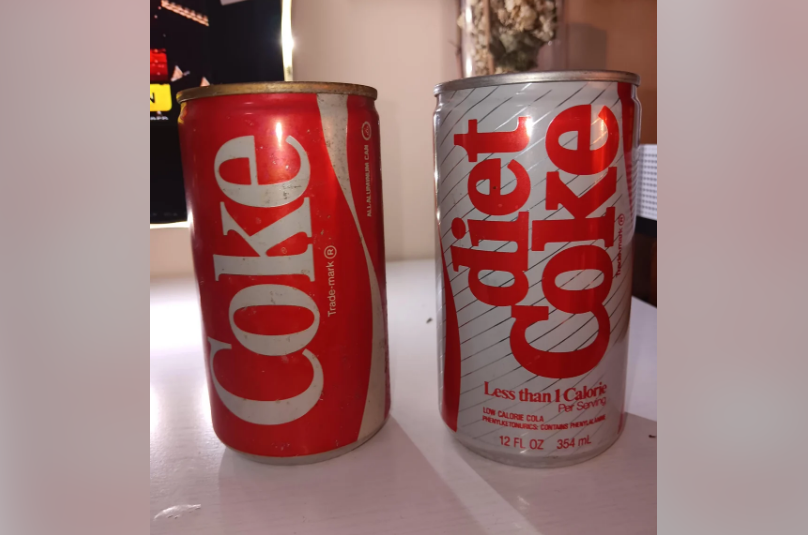
35 cents for a 12 oz can
Ah, the 80s. Big hair, bigger shoulder pads, and the biggest corporate face-palm in beverage history: New Coke. In 1985, rattled by years of the “Pepsi Challenge,” Coca-Cola made the unthinkable decision to change its sacred 99-year-old formula. The public backlash was swift and legendary.
While the company scrambled to fix its blunder, the price of a classic Coke was already on a steady climb, driven by the decade’s general inflation. The ironic twist? The blunder accidentally created one of the most dramatic comeback stories in branding history.
When the original formula returned as “Coca-Cola Classic,” consumers welcomed it back with such passion that the recovery re-energized the brand and solidified its dominance. That 35-cent can wasn’t a tax for a failure; it was the price you paid to witness history. A 12-ounce Coke was running about 35 cents, although savvy consumers were buying six-packs to avoid the vending machine markup.
50–75 cents (1990s): The Price of Being Everywhere
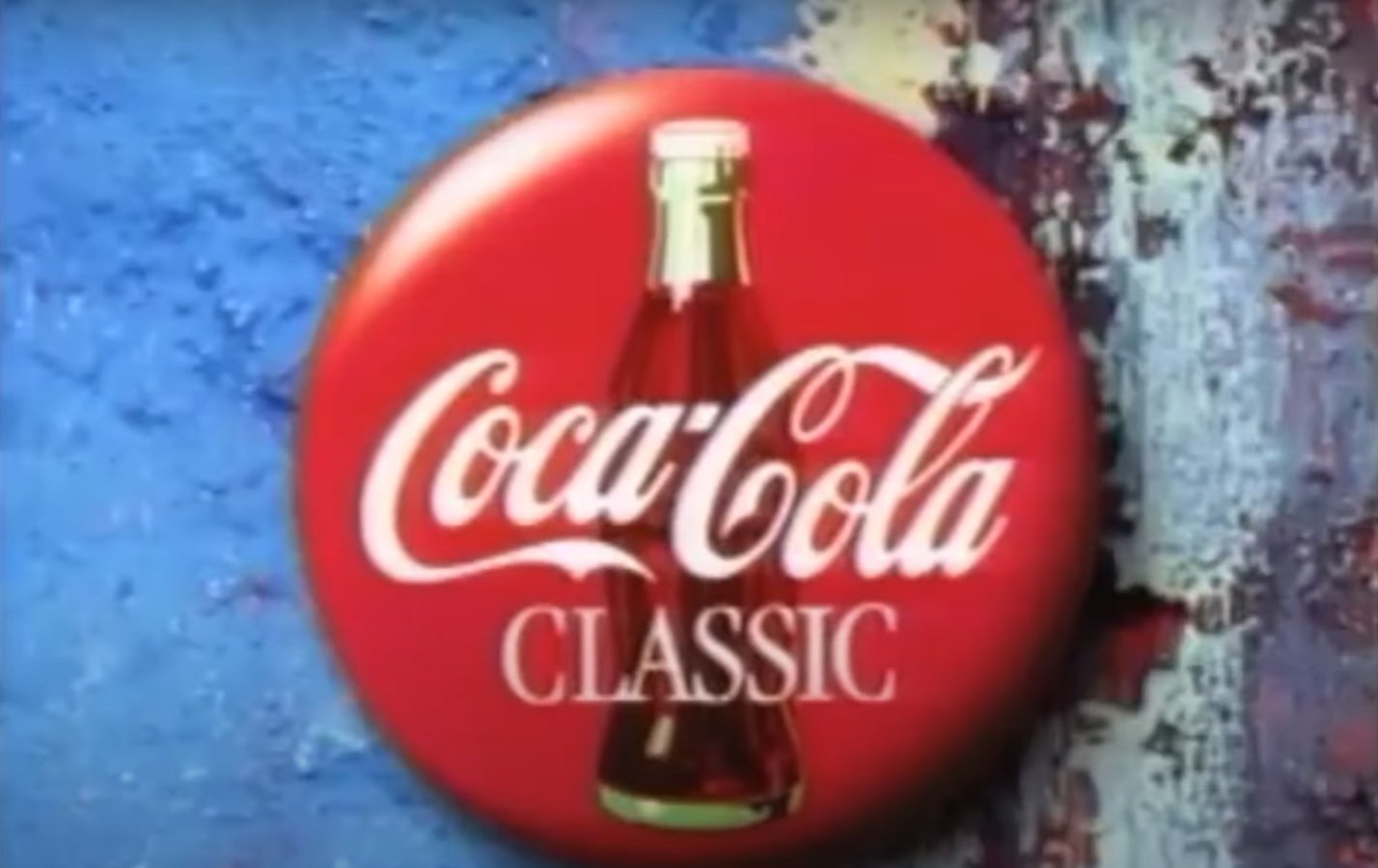
50–75 cents for a 12 oz can
After the self-inflicted chaos of the 80s, the 90s were Coca-Cola’s victory lap. With its classic formula restored and its top-dog status re-cemented, the brand’s confidence was reflected on the price tag, as a single Coke finally crossed the half-dollar mark and became the new standard.
While grunge music blasted from Discman players and the first web pages flickered to life on computer screens, the new price of Coke settled in. Around 1993, a standard can ran 50 cents, while vending machines could charge up to 75 cents for the privilege of immediate gratification.
The real value was still in bulk purchases — grocery store 12-packs kept the per-unit cost reasonable while encouraging people to stock up — a clear strategy to drive volume and make the brand a household staple.
75 cents — $1.00 (2000s): The Last Sub-Dollar Stand

75 cents — $1.00 for a 12 oz can
As we entered the new millennium (and collectively held our breath about Y2K), a 12-ounce Coke cost between 75 cents and a buck. This was basically the last time you could buy a Coke without your wallet feeling personally attacked.
Grocery store 12-packs were around $4, making the math simple: buy in bulk or pay the convenience premium. It was a simpler time, when your biggest worry was whether your computer would survive the year 2000.
$1.00-$1.25 (2010s): Dollar Menu No More
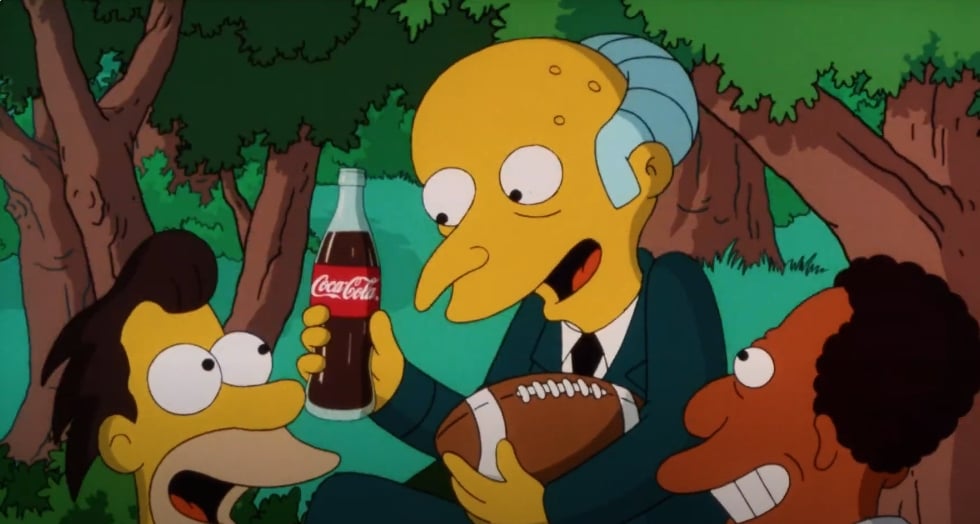
$1.00-$1.25 for a single can/bottle
Coming out of the Great Recession, Coke officially entered dollar territory. A vending machine Coke would typically cost you a buck to $1.25, moving it out of the realm of simple pocket-change purchases.
The timing of this price hike coincided with the economic recovery, reflecting both the aftermath of the recession and a decade of rising production costs. The price of key ingredients like corn syrup and aluminum for cans had been climbing, and the cost of fuel to transport billions of bottles and cans was also increasing. Rather than a sudden strategy, it was a case of basic economics catching up to the world’s most famous beverage, with multiple economic factors, including the recent recession, contributing to the timing.
$1.50+ per bottle (2020-2025): The Pandemic Price Reality
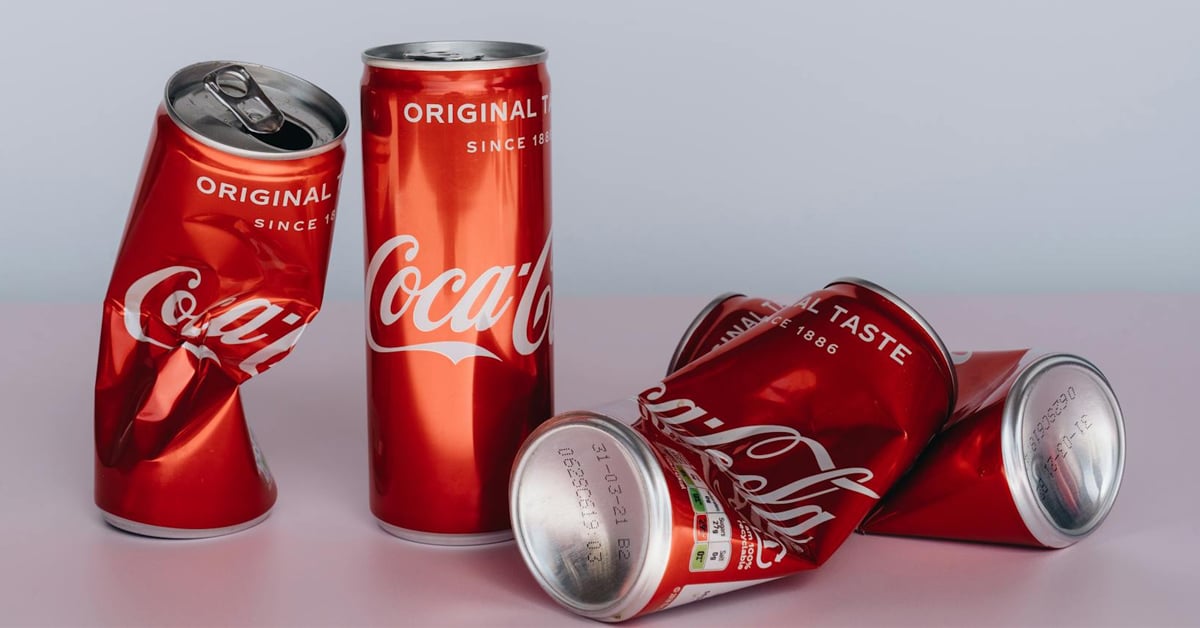
Then came 2020, the year that shall not be named but definitely changed everything. Supply chain disruptions, inflation concerns, and general economic disruptions pushed single Coke bottles (20 oz) to $1.50–$2.50 or more.
Today in 2025, you’re looking at roughly $2.79 for a 2-liter bottle, while single cans can run $1.00–$2.00 depending on where you shop and how desperately you need that caffeine fix. Six-packs hover around $5.49, which means you’re paying about 90 cents per can even when buying in small bulk.

